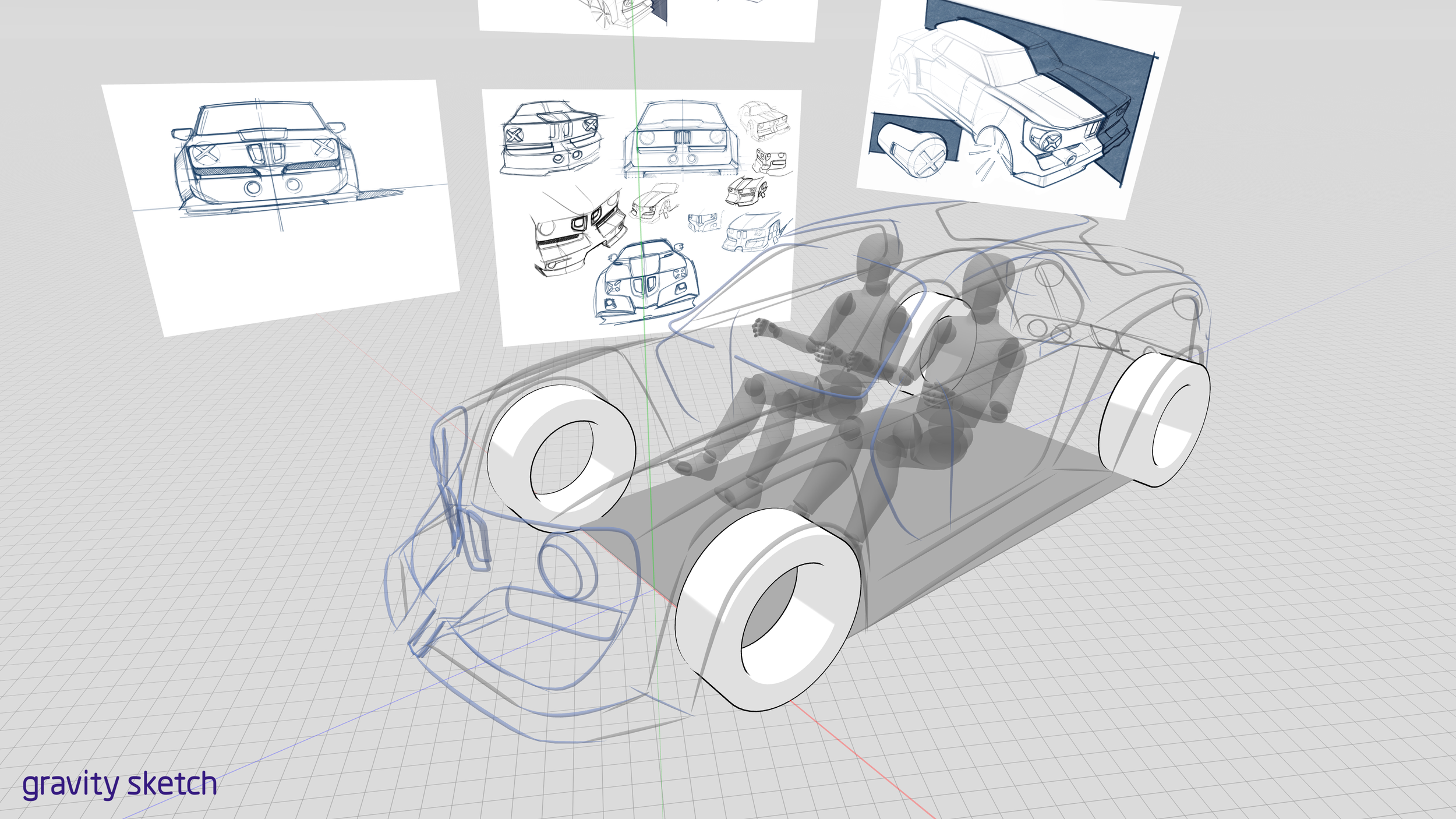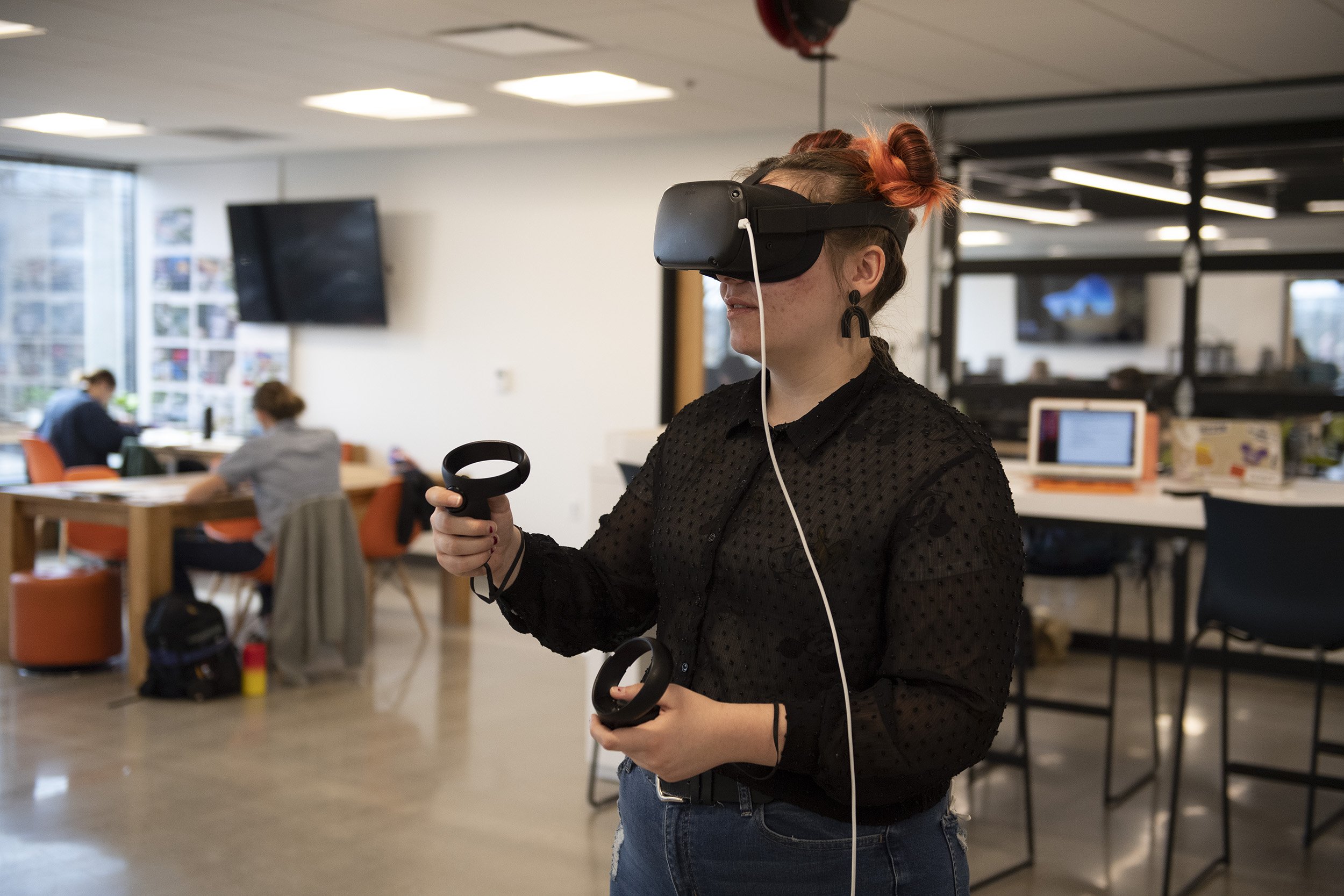Designing in 3D using virtual reality is not that new of a concept but making it practical and applicable to real industry projects has accelerated recently with better and more affordable hardware, software, and most importantly, industry adoption.
Back in 2011 Giovanni Saggio and Manfredo Ferrari wrote the book, "New Trends in Virtual Reality Visualization of 3D Scenarios" and the authors were nearly prophetic in describing how emerging technologies and software were going to impact 3D modeling for construction, training, architecture and product design.
Since spring of 2021 the ICC has been experimenting and actively immersing students in the technology in order to build their skillsets, release their imaginations, and to keep them on the front end of creative design development.
"Relevancy has always been a hallmark of our projects and our methods. While it's useful to know how things have been done before, all of those methods were once cutting edge, too," said Tom Balliett, Co-founder, Instructor and CFO of the ICC.
"Adopting and integrating VR at the ICC isn't about new tools for the sake of new tools, but more and more of the companies who hire our students want them to have some level of familiarity with the process, thinking and techniques, so that is why we invested in VR," Balliett added.
Multiple class projects and senior capstone projects have already been developed utilizing VR goggles and a software suite called GravitySketch. The ICC is working directly with Gravity Sketch, a London-based start up that is quickly becoming an industry leader.
"Computer aided design has always been about tricking the mind into thinking that the model on the flat screen of a computer is actually three dimensions, but that image is still just a flat image because the screen is flat. The VR goggles simply add another layer of 'believability' to a flat image and make a more visually accurate digital model," said Balliett.
The ICC will be taking the next steps in expanding the use of VR in 3D design development by dedicating square footage in their Dublin, Ohio studios specifically for VR.
Learn more about the Industrial and Innovative Design program.


